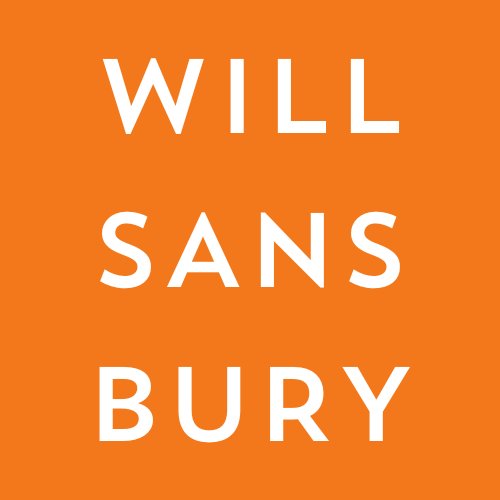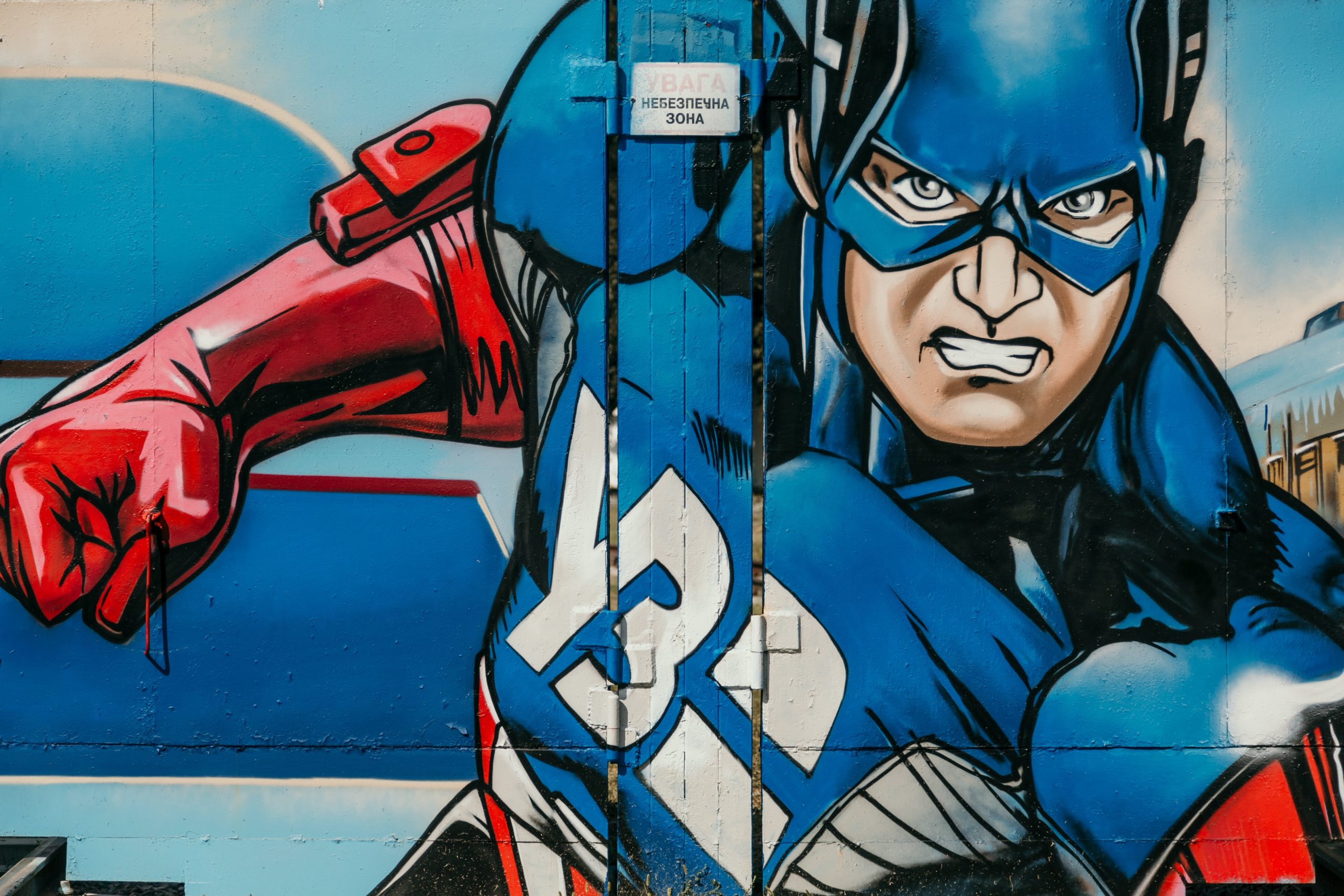I’m not a genius. That might sound shocking if your perception of design involves people solving problems by having brilliant, inspired, creative ideas. But it’s true: I’m not any smarter than the next guy, and I don’t have better ideas than anyone else.
But I am a designer, and if you task a non-designer and me with solving the same problem, I’d bet my house that the solution I present will be better than the other guy’s.
Let me tell you why that is.
Problem Solving for Regular People
Most people, when tasked with solving a problem, have one criterion for evaluating possible solutions: will it work? They might explore a couple of options initially, but when an idea looks like it could be developed to successfully solve the problem, they abandon other ideas and commit fully to the one that could work. They develop their idea fully, prove it can solve the problem, and declare the job done.
Designers Do It More
When designers are given a problem, we start out the same way. We explore ideas. When we stumble on an idea that might work, though, we don’t stop exploring. Instead, we put the possible winner aside so that we can come back to it later, and then we investigate a completely different approach to the problem.
Designers know that not all solutions are of equal quality, so we force ourselves to explore dozens and dozens of ideas. We delay evaluating how good an idea is until we’ve generated a sizable pool of possible solutions.
Designers Take More Risks
With the exception of a couple of friends who like the near-death thrill of whitewater kayaking and skydiving, every person I’ve met in my life shares a desire for ease and comfort. I’m one of them — my one whitewater experience left me convinced that I value breathing far too much to enjoy kayaking.
Human nature leads us to avoid risk. We look for the familiar path first, and if the familiar path is not available, we look for the path of least resistance. That instinct is incredibly valuable when we’re faced with choices like scaling a sheer cliff over a mountain range or walking a well-worn path through it.
But when it comes to design, avoiding risk means avoiding innovation.
Good designers recognize that the threat posed by risk — failure — isn’t really much of a threat at all. Because we force ourselves to explore so many ideas, we have a number of options that we could easily develop to solve the problem. When we decide to try a wild idea just to appease the constant voice whispering what-if in our heads, we know we have that ace in our back pocket if we ever need it.
Safe in that knowledge, we make “what if?” our rallying cry. What if a better mousetrap didn’t involve wood or wire or springs or cheese, but a cage? Or glue? Or a cat? Or Jell-O? Or disco music? The more preposterous the idea, the more critical it is that we explore it because innovation is never found on the well-worn path.
Designers Date Around
After we’ve explored enough ideas and taken enough risks, we end up with a pool of ideas of varying degrees of quality. We’re like the college quarterback with beautiful girls begging him to take them out on dates.
(What? Humor me. I’m a designer — fantasy is my refuge from the geeky truth.)
Faced with that situation, the quarterback could do one of two things. He could date one girl to see if she’s The One, and then marry her if she is or dump her if she’s not. But what if, out of thirty girls, he thinks girl number two is his soulmate? He’d never know if girl number thirty would have made him happier.
His other option, of course, is to date all the girls simultaneously, slowly narrowing the field of candidates in a March Madness of Matrimony until one girl is left. He’d know, without a doubt, that he found The One, even though she might have been the thirtieth.
I’m not suggesting that option B is a good choice for the quarterback — it would make him a jerk, honestly — but it’s a fantastic choice for designers. We embrace our commitment issues, develop multiple ideas in functional prototypes, and then test how well each meets people’s needs — and how it affects their emotions and satisfaction — to find The One. (Or, more likely, we isolate the best qualities of each design, learn from them, focus on them, and create an entirely new design that merges them into one. It’s messy with people — cf. Frankenstein’s monster — but it usually proves a fantastic strategy for design.)
I Don’t Wear Spandex or Capes (during work hours)
I’m not a rockstar, superhero, genius, or magician. I don’t perform miracles or supernatural feats. As a designer, I find success because I’ve trained and forced myself to work counter to my natural instincts to commit to the first solution I imagine. I’ve trained myself not to avoid risk, but to explore it with curiosity. I understand and respect the well-worn path, but I’m willing to venture beyond its safety, because, more than anything, I want to find the solution that surprises and delights.

